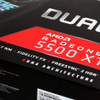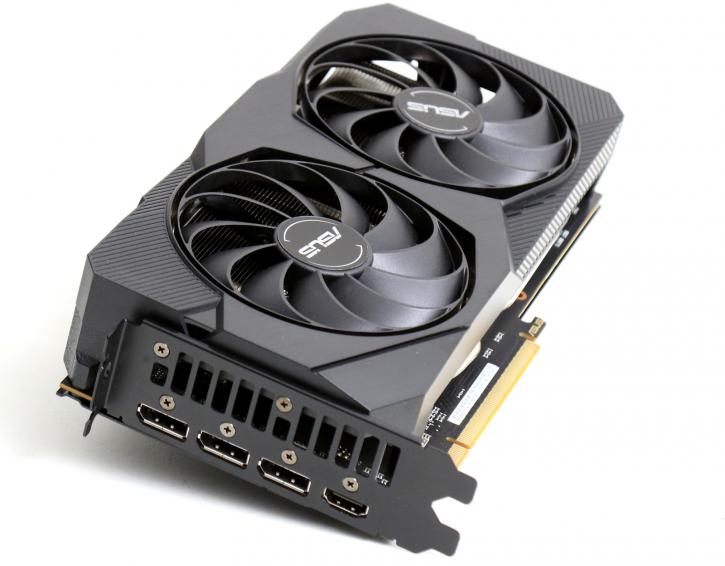Introduction
ASUS Radeon RX 5500 XT 8GB (DUAL EVO OC)
Mainstream gaming with a hint of that ASUS flavor
Right then, the 5500 series product releases from AMD in the year 2019: information leaks, then an RX 5500 announcement without reviews, followed by card reviews leaking as OEM card was available, then AMD launches 5500 XT today on the 12th with 'selected cards' per media AIB review, however, boards not assigned and distributed by AMD, thus other partner reviews may only go online on the 19th. Yeah, it's a bit of an unusual release. Regardless, hey now, welcome to the Radeon RX 5500 XT review! In this one, we'll cover the 8GB version from ASUS, the ASUS DUAL RX5500XT EVO OC.
Man oh man, was it time to look at NAVI14, the codename for the GPU that empowers the Radeon RX 5500 XT. AMD's new mainstream graphics card will be targeted at a still massive (and in fact biggest) 1920x1080 resolution gaming market, available in 4GB and 8GB models. NAVI14 basically is NAVI10 but then cut down. The basis of the product that we test today is the NAVI GPU, with a die fabbed as a 7nm package and 4GB/8GB of GDDR6 graphics memory running a 128-bit wide bus and an effective data rate at 14 Gbps. The card MSRP product pricing is as follows: $169 - €185 for the 4GB models, $199 - €219 for the 8GB models.
The NAVI14 based product uses RDNA architecture and is manufactured at a 7nm structure width. The product will be replacing Polaris, as in Radeon RX 480/570/580/590. That originally was based on a 14nm design, the GPU die was 221mm2. NAVI14 performs at the very same performance level, however with a far smaller GPU die at 158mm2. And that brings massive gains in performance per watt ratios. The GPU contains 1408 shaders, 32 rasterizers, and 88 texture units. The 4 or 8GB GDDR6 (optional) memory runs at 1750 MHz and manages 224 GB/s over its 128-bit bus. It does all that on merely eight PCIe Gen3 or if available 4 lanes. The total board power design for this product series is tagged at 130W. The GPU game clock is dynamic at 1717 MHz with a peak boost clock to 1845 MHz. You will notice that NAVI14 cards are fitted with GDDR6 memory at 14 Gbps. The default cards are based on 4GB of graphics memory, but 8GB SKUs will be available as well. All factors combine to deliver mainstream graphics cards pushing that 5 TFLOP domain. As mentioned, the 5500 XT cards will sit in the Polaris domain of performance, thus think Radeon RX 480/570/580 and maybe even 590 with higher clocked and less power restricted AIB cards. Compared to team green the Radeon RX 5500 XT will be battling with the GeForce GTX 1650 Super 4GB.
ASUS DUAL RX5500XT EVO OC
For this review we peek at the new ASUS DUAL RX5500XT EVO OC, it's what is called an MSRP model and thus pricing should sit in that $199 - €219 for our tested 8GB models, and trust me when I say, you want an 8GB model. The Dual as tested today is (you guessed it) fitted with two fans in a nice all dark design. It holds two Axial-tech fans with IP5X dust resistance and follows a 0dB technology, that allows the fans to stop spinning when the GPU core temperature remains below 60 Celsius. The PCB is reinforced by an aluminum backplate that adds structural rigidity. The card is pretty much reference clocked aside from a 20 MHz bump on the game clock (1717 -> 1737 MHz) but has the very same boost clock of 1845 Mhz. You connect this card with an 8-pin power header.



